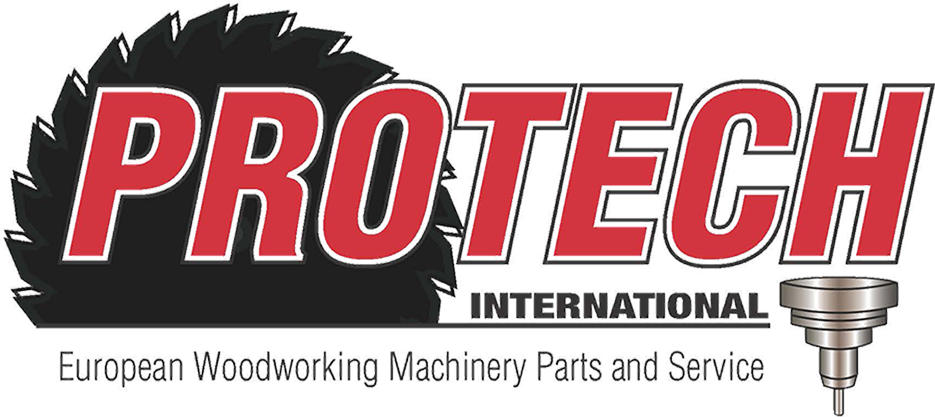What NOT To Do When Maintaining Hydraulic Equipment
release date: 02/17/2016
tags: Hydraulics
Unfortunately, caring for hydraulic equipment is not a no-brainer. With so many intricate and moving parts, it’s easy to make a mistake in maintaining hydraulic machinery and parts. And with your company investing so much in its hydraulic equipment, your upper management is going to expect the equipment to function efficiently for quite some time.
Therefore, it’s vital that you and your team on the floor to know how to properly maintain hydraulic equipment in order to keep it running as efficiently as possible for as long as possible.
Read on to learn the biggest mistakes hydraulic operators make when it comes to maintaining equipment so you can avoid making the same errors in your plant.
1. Changing the Oil and Using the Wrong Kind of Oil
While it seems like you should be changing the oil in your hydraulic equipment on a schedule, this is a common misconception. There are only two reasons you should be changing the oil in your hydraulics:
-
The degradation of the base oil
-
The depletion of the additive package
Operators cannot change the hydraulic oil based on hours of service without any reference to the condition of the oil because there are so many different variables that determine the rate that the oil degrades and the additives are used. And considering the price of oil, manufacturers cannot be dumping oil that isn’t ready to be changed.
With that being said, if the oil is degraded or the additives are depleted, the service life of the hydraulic equipment can be compromised. Therefore, it’s important equipment operators and floor managers are thoroughly inspecting the oil before making a judgment call.
When it is time to change the oil, it’s crucial the correct type is input into the hydraulic system. Not only is oil a lubricant in the operating process, but it’s also the means by which power is transferred throughout the system.
The oil viscosity needs to be selected based upon the temperatures in which the hydraulic system is operating. If the viscosity is too high or too low, it won’t flow properly to lubricate the equipment and can cause premature failure of major components.
2. Changing the Filters and Installing Filters in the Incorrect Locations
Similar to oil, filters cannot be changed based on a time schedule either. If they are, they will be changed either too late or too early. If filters are changed too early, you’re wasting money; if they’re replaced too late, you’re increasing the number of particles in the oil that then reduce the service life of the hydraulics. Filters must be inspected regularly in order to be replaced at the proper time.
Keep in mind there are hydraulic filter locations that can do more harm than good; two locations to be exact. The pump inlet and the drain lines from the housings of piston pumps and motors should be avoided.
In order to get maximum pump life, oil should be able to freely and completely fill the pumping chambers during intake. According to Machinery Lubrication, “Restricted intake can reduce the service life of a gear pump by 56 percent, as hydraulic pumps are not designed to ‘suck.’”
If filters are installed on the drain lines of piston pumps and motors, the result is the same sucking effect, which can reduce the service life and cause huge failures on these parts.
3. Allowing the Hydraulic Equipment to Overheat
If your car was overheating, you wouldn’t keep it running, would you? The same goes for hydraulic equipment. The fastest way to destroy hydraulic components, seals, hoses, and the oil is to allow the system to operate at high temperatures.
Not only do these high operating temperatures cause wear and tear on the equipment itself, but it also accelerates the degradation of the oil.
 Download the eBook, The Most Common Hydraulic Equipment Mistakes (And How to Fix Them!)
Download the eBook, The Most Common Hydraulic Equipment Mistakes (And How to Fix Them!)
In this eBook, we'll explore the six most common hydraulic equipment mistakes and how to fix them. Download the free eBook to learn how to maintain hydraulic equipment in order to keep it running as efficiently as possible!
